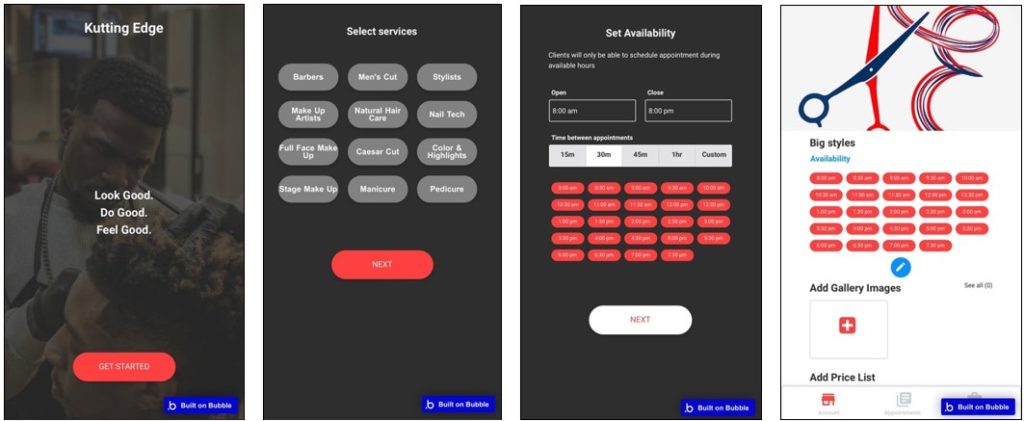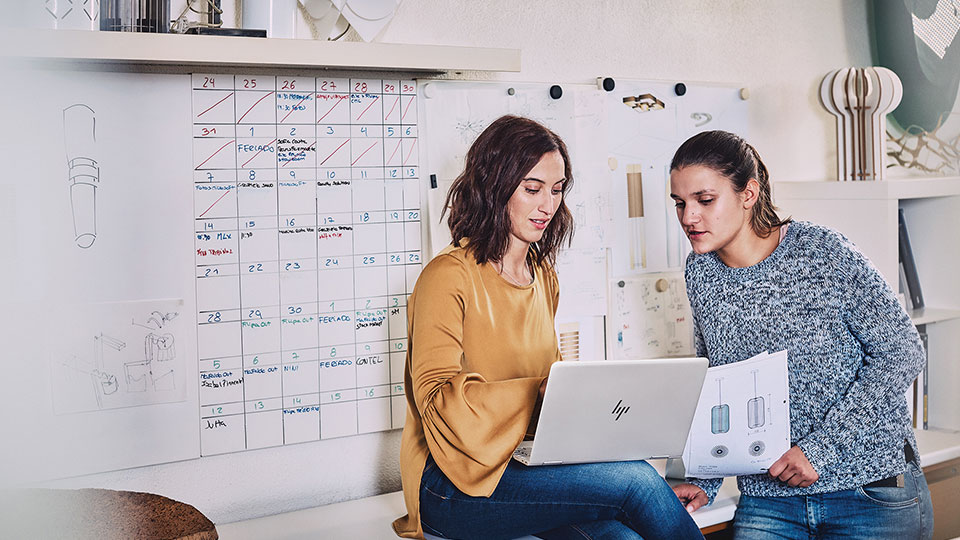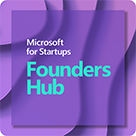We started with an idea of what we wanted to build. Now it’s time to add the finishing touches and bring it to life. The goal of this week’s post is to take what you’ve learned from the past few weeks and go to market with a winning MVP (Minimum Viable Product).
What is an MVP?
When it comes to building a customer-ready product that you’re looking to launch, you never want to just jump into building out every single feature. After all, we’re (technically) still in the test phase. Last time we got into different kinds of prototype based on how far along you are, but what exactly is an MVP?
An MVP can be best described as a smaller, lighter version of your product with minimal features, with the intention of identifying viability and determining whether you are on the right track to achieving product-market fit.
Now one might ask, “Why build an MVP if I already have a prototype?” The answer is simple. You need live customer feedback on what works, what doesn’t and, more importantly, how do we make it better. Remember when we talked about the whole idea of this process being iterative? This is highlighted even more in this last phase of the early-stage build. Everything we do from this point is in the best interest of the user, so this process is key to getting feedback as quickly as possible. You don’t want to build something that you think your users may want, rather you want to build what you know they want based on the feedback you receive.
Advantages of an MVP
The whole purpose of going with an MVP is to be as agile and effective as possible, while also being as cost effective as possible. With that being said, let’s dive into some of the biggest benefits of releasing an MVP prior to launching the full version:
- Test your concept
- Save time and money
- Validation for investors
Test your concept
During the MVP development, it’s important to not overwhelm your end users with a breadth of features at this point. Keep in mind they may not even need everything at once. During this stage you are looking to get a feel for what is popular, what’s working well and which features aren’t necessarily sticking with users. One way to consolidate which features are the most important to build out for the MVP is creating a product backlog with basic functionality that you and your team feel that can be delivered in a relatively quick manner.
Save time and money
Since you will likely be burning a lot of money once you are looking to scale your product, it is in your best interest not to break the bank in the early stages with development. The goal of this stage is simply to test out the general functionality. In most cases spending tens of thousands of dollars and spending weeks on something you’ll end up changing plenty of times would be counterintuitive.
Validation from investors and users
Seeing is believing. If you are looking to secure funding, you will probably need to pitch your concept to an investor. The problem with that is most investors won’t even take you seriously until you have some type of tangible product with some type of traction with users. A winning MVP will allow you to attract and convince investors. You will also want to use this time to get as many people as possible to use the product and generate the critical feedback necessary to make your product better
How to build an MVP
Now that we have an idea what an MVP is and some of its benefits for you and your product journey, how do we build it?
There are actually a few ways. If you’re a technical founder and developer like myself then you probably don’t mind taking on the task. But, is that scalable? There’s no right way to build, but when you talk about creating a native app or even an iOS or Android app, that’s no small feat. It can get overwhelming to you and your pockets.
I’m sure your head is probably spinning just thinking about all the time and resources you’re going to have to invest to launch, but what if I told you that you could build a customer-ready, live MVP in just a matter of hours and at a fraction of the price?
Introducing Bubble. Bubble is a no-code app development platform. It can be used to develop software and applications without coding. Bubble offers a way for you to build an application without having knowledge of core programming languages. Imagine being able to build a fully-functional, live web or mobile app that you’re able to produce quickly and get feedback and, oh yeah, did I mention that you don’t need to know how to code?
Since Bubble is a no-code app development platform, you can quickly build and scale a product in virtually no time at all. Its easy-to-use, drag-and-drop functionality allows you to jump right into creating a customer-ready product that is live as soon as you publish it. One of my favorite features of Bubble is the fact that there are dozens of already-built templates for both mobile and web apps that you can use as a foundation to build off, saving you even more time.
And as fate may have it, we here at Microsoft for Startups are excited to announce our partnership with Bubble.
We understand that as you look to iterate through your initial product release, one of the biggest keys to success is quickly getting something out there for feedback. I’m personally thrilled to be working with this company, because as a former founder who had little money and even less time to build, I found early success and was able to get great feedback since I used Bubble to save myself hundreds of thousands of dollars.
Here’s some screenshots of one of my old products that I built using Bubble.

In any other situation, I would’ve needed to build this in a native app and it could’ve taken me weeks or months to complete. I was able to spin this up in about four hours and I believe this was the determining factor of me obtaining my first angel investment of $100,000.
Conclusion
When you are looking to build and scale a product or idea, every second matters. Understanding that working smarter and in a more agile manner will heighten your chances of achieving product market fit is something that you should put at the top of the priority list when it comes to building an MVP. There are many ways to go about building an MVP, however I believe that following these best practices will lead you to a successful launch.
Looking ahead
We made it to the end of the road! Give yourself some love because if you’ve read up to this point and have followed along each step from each of the previous weeks, you are now able to take an idea and scale it out to a working MVP that your users will be able to utilize.
My biggest piece of advice is if you’re going to fail, do it as quickly and as gracefully as you can. At the end of the day, you must learn how to love the process as much as the prize! I hope you all were able to take something away from this blog series and apply it to your startup or concept. It’s been a pleasure being your friendly neighborhood prototyping guide.
I know some of this may have flown over your head, and quite frankly that’s okay. My job is to equip all of you so that when it comes to going from idea to a tangible product, you have a better idea and a roadmap to follow along.
Be on the lookout – I’m proud to announce that I will be publishing and producing an entire in-depth series on Microsoft Learn so that you are able to get a deeper level of understanding of the end-to-end process of prototyping and can learn and build at your own pace. In addition, I will also be launching my Zero to One prototyping workshop where you will be able to get hands-on training and by the end of the session, you will have at least a high-fidelity prototype ready to optimize and take to the next level.
In the meantime, feel free to get caught up on the rest of the series and look back on previous AMA sessions and blog posts here.
If you have any questions, comments or just want to say hi, feel free to connect with me on LinkedIn and send me a message. Happy building!














